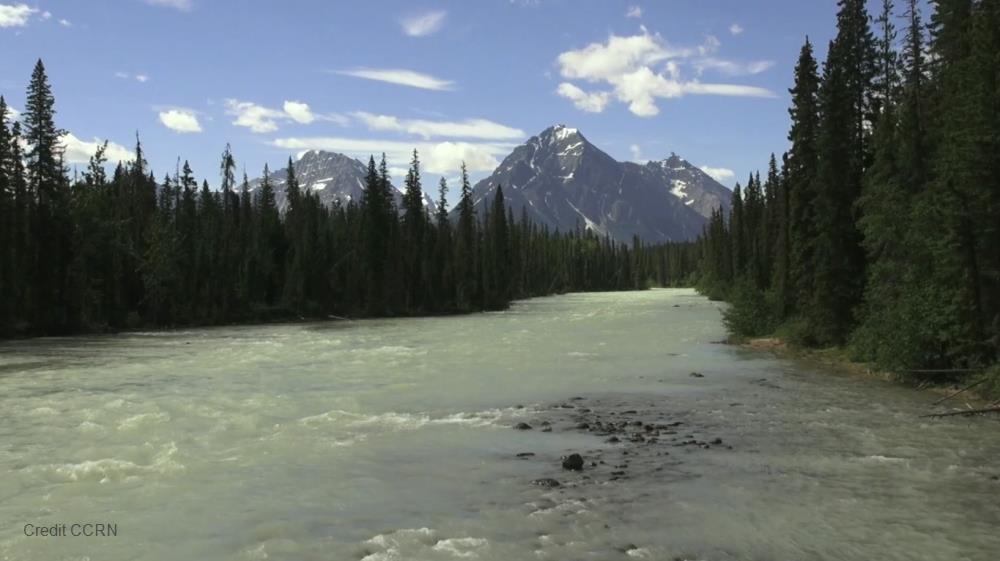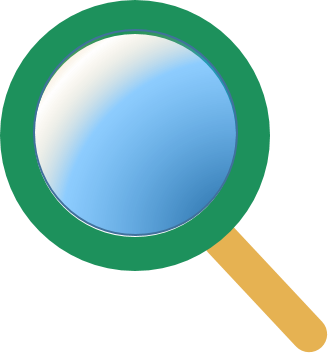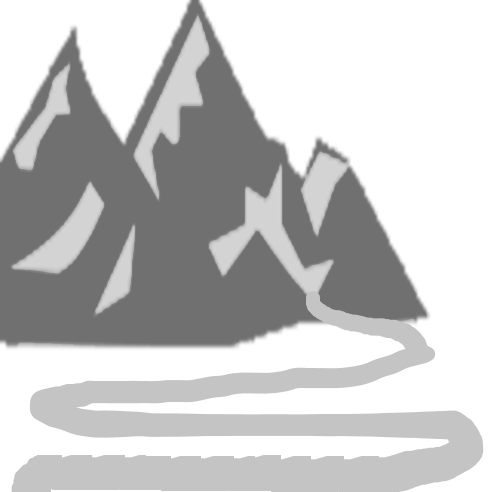
Related items loading ...
Section 1: Publication
Publication Type
Journal Article
Authorship
Costa, Diogo; Spolaor, Andrea; Barbaro, Elena; López-Moreno, Juan I.; Pomeroy, John W.
Title
Improving snowpack chemistry simulations through improved representation of liquid water movement through layered snow and rain-on-snow (ROS) episodes: Application to Svalbard, Norway
Year
2025
Publication Outlet
Journal of Hydrology, Vol. 651, 132573
DOI
ISBN
ISSN
0022-1694
Citation
Costa, Diogo; Spolaor, Andrea; Barbaro, Elena; López-Moreno, Juan I.; Pomeroy, John W. (2025) Improving snowpack chemistry simulations through improved representation of liquid water movement through layered snow and rain-on-snow (ROS) episodes: Application to Svalbard, Norway, Journal of Hydrology, Vol. 651, 132573,
https://doi.org/10.1016/j.jhydrol.2024.132573
Abstract
Circumpolar and high-elevation cold regions receive a large portion of their annual precipitation as snowfall, which accumulates in snowpacks that can store many contaminants. The discharge of chemical eluent during snowmelt can alter the chemical composition of local streams and have a detrimental effect on aquatic ecosystems. Cold regions have been particularly affected by climate change. In the last two decades, the Arctic has been exposed to dramatic atmospheric temperature increases, sea ice decrease, and an increase of air mass transport from lower latitudes bringing warmer and more humid air masses. Instrumental measurements in the Svalbard archipelago, Norway, show that climate warming here is amplified compared to the global average, making its cryospheric environment extremely vulnerable to future climate scenarios. In this study, the PULSE model for simulation of snowpack solute dynamics was coupled to two snowpack energy balance models, the Cold Regions Hydrological Model and the SNOWPACK model, to help identify critical processes needed to improve the accuracy of snow chemistry predictions. Focus was given to to represent sea spray sources, to represent terrestrial dust, and to represent various sources including sea salt, biogenic emissions, and long-range atmospheric transport of secondary aerosols. The new coupled models were applied to an experimental site in Svalbard. The hydrological components of each model coupling were validated against snowdepth measurements and the snowpack chemistry components were verified for a selected number of snow ions representative of different sources. Both models were able to predict snowdepths between 1996 and 2018, as well as the stratification of snow chemistry measured during a whole snow accumulation and ablation year. Results show that explicitly representing liquid water movement through layered snow helped improve chemistry predictions. Events such as rain-on-snow (ROS) had a disproportionate effect on the redistribution of ions to deeper snow layers.
Plain Language Summary
Section 2: Additional Information
Program Affiliations
Project Affiliations
Submitters
Publication Stage
Published
Theme
Presentation Format
Additional Information
Keywords: Cryosphere; Snowpack; Chemistry; Transport; Numerical modelling


 GWFNet
GWFNet Master
Master Data
Data Research
Research Map
Map
 Advanced
Advanced Tools
Tools
 . . .
. . .
 Metadata Editor
Metadata Editor
 Record List
Record List
 Alias List Editor
Alias List Editor
 Legacy sites
Legacy sites